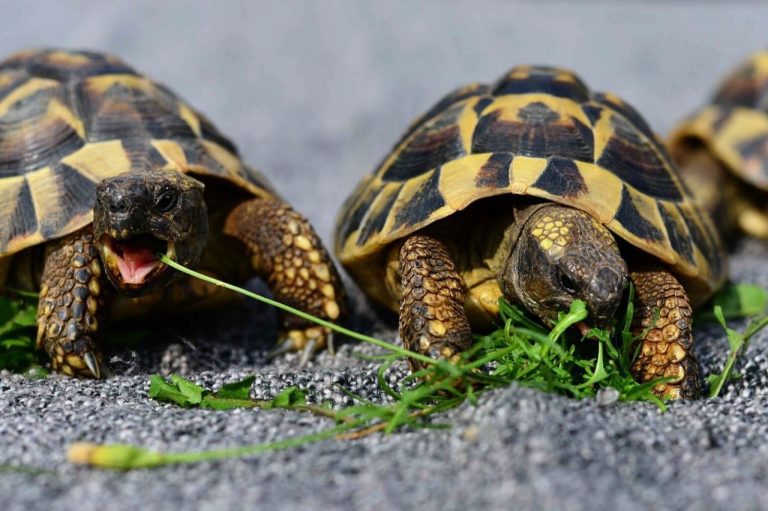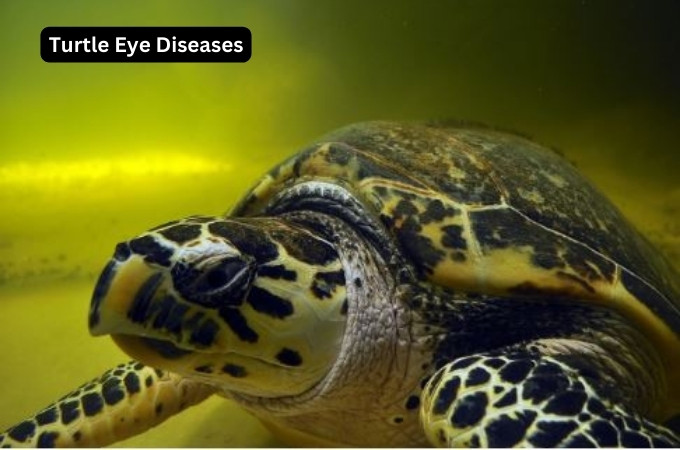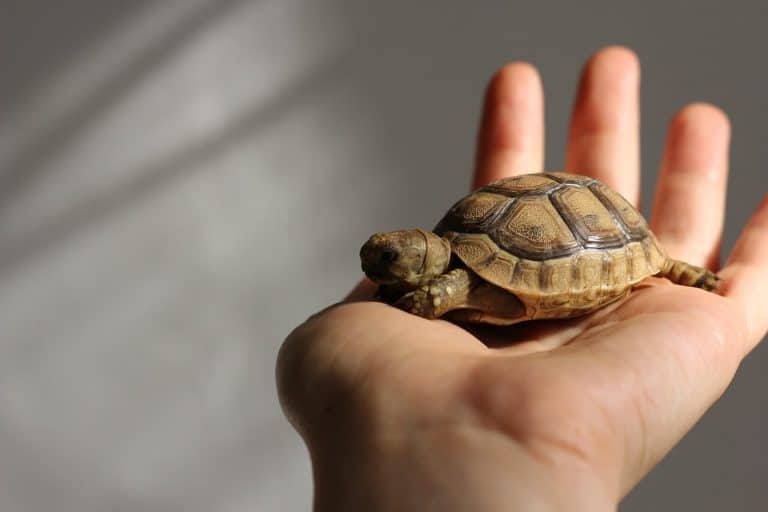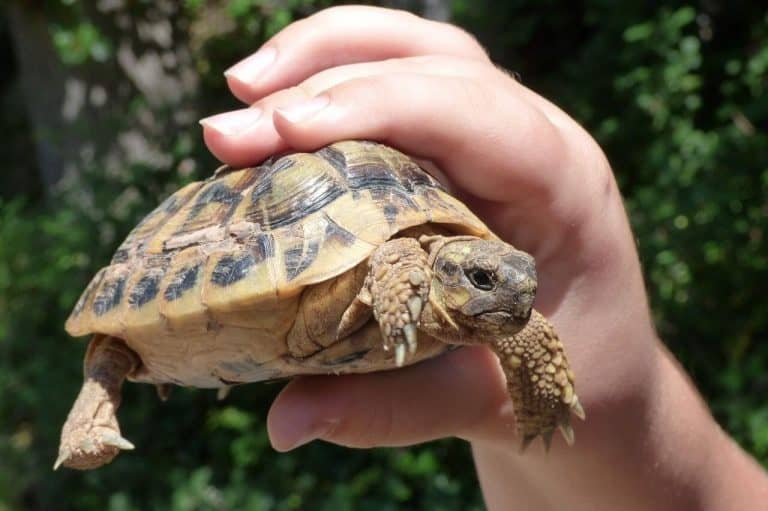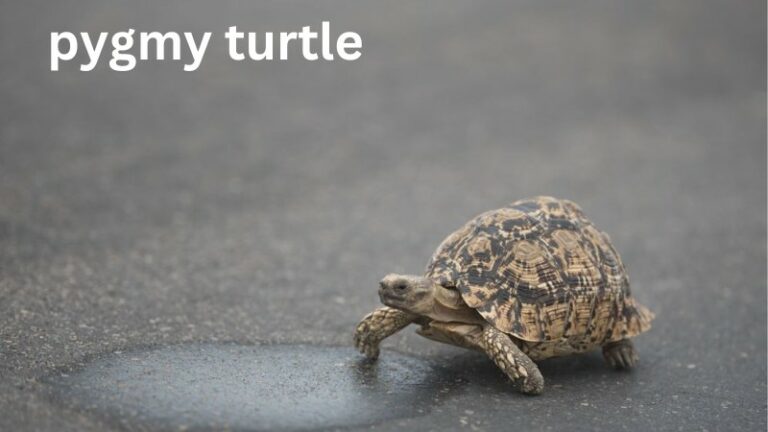Turtle Vs. Tortoise Vs. Terrapin
Today we discuss Turtle Vs. Tortoise Vs. Terrapin. Turtles, tortoises, and terrapins are often used interchangeably, but they are not the same. These reptiles belong to the order Testudines and are known for their distinctive shells and slow movements.
However, they have specific characteristics that differentiate them from one another. Let’s explore the key differences between turtles, tortoises, and terrapins.
Turtle Vs. Tortoise Vs. Terrapin:
1. Physical Characteristics:
Turtles:
Turtles are aquatic or semi-aquatic reptiles with webbed feet or flippers that help them swim. They have streamlined bodies and are well-adapted for life in water. Turtles have flat, lightweight shells that enable them to glide through the water with ease.
Tortoises:
Tortoises are land-dwelling reptiles with sturdy, domed shells that protect them from predators. They have column-like legs with heavy, elephantine feet designed for walking on land. Tortoises lack webbed feet as they do not require swimming abilities like turtles.
Terrapins:
Terrapins are a subset of turtles that inhabit brackish water environments, such as estuaries and mangrove swamps. They have a combination of terrestrial and aquatic adaptations, including webbed feet for swimming and claws for digging nests on land. Terrapins have medium-sized shell compared to turtles and tortoises.
2. Habitat and Distribution:
Turtles:
Turtles are found in various aquatic habitats worldwide, including oceans, rivers, lakes, and ponds. Some turtle species are highly migratory and travel long distances to lay their eggs on sandy beaches. They rely on water for foraging, mating, and basking in the sun.
Tortoises:
Tortoises are primarily terrestrial reptiles that inhabit dry regions such as deserts, grasslands, and scrublands. They are well-adapted to arid environments and can survive long periods without water by storing it in their bladders. Tortoises dig burrows to escape extreme temperatures and predators.
Terrapins:
Terrapins prefer brackish water habitats where freshwater meets saltwater, such as coastal marshes and tidal creeks. They are commonly found in North America and parts of Asia and Africa. Terrapins are skilled swimmers that can traverse both land and water with ease.
3. Feeding Behavior:
Turtles:
Turtles have omnivorous diets, feeding on a variety of plant matter, insects, fish, crustaceans, and small mammals. Aquatic turtles use their sharp beaks to capture prey underwater, while some species of turtles are herbivores that graze on aquatic plants.
Tortoises:
Tortoises are herbivores that primarily feed on grasses, leaves, flowers, and succulents. Their beak-like mouths are adapted for grasping and tearing vegetation. Tortoises have a slow metabolism due to their herbivorous diet and spend most of their time grazing on plant matter.
Terrapins:
Terrapins have carnivorous tendencies and feed on small fish, mollusks, crustaceans, insects, and aquatic plants. They use their sharp jaws to crush shells and tear flesh from prey. Terrapins are opportunistic feeders that scavenge for food both in water and on land.
4. Reproductive Biology:
Turtles:
Turtles exhibit various nesting behaviors depending on their species. Female turtles typically dig nests in sandy beaches or soil to lay their eggs, which they bury to protect them from predators. Some turtle species display temperature-dependent sex determination, where the incubation temperature determines the offspring’s sex.
Tortoises:
Tortoises engage in elaborate courtship rituals during the breeding season, involving head bobbing, circling, and vocalizations. Female tortoises lay relatively small clutches of eggs in shallow nests dug in the ground. The incubation period varies based on environmental conditions.
Terrapins:
Terrapins lay their eggs in sandy or muddy nests located above the high tide line to prevent them from being flooded. Female terrapins may travel long distances to find suitable nesting sites. The incubation period for terrapin eggs ranges from several weeks to a few months.
5. Conservation Status:
Turtles:
Many turtle species are facing population declines due to habitat destruction, pollution, climate change, and poaching for the pet trade and traditional medicine. Conservation efforts are underway to protect endangered turtles and their nesting sites through habitat preservation and captive breeding programs.
Tortoises:
Several tortoise species are classified as endangered or critically endangered due to habitat loss, illegal trade, predation, and introduced predators. Conservation initiatives focus on combating poaching, establishing protected areas, and raising awareness about the plight of tortoises in the wild.
Terrapins:
Terrapins are threatened by habitat loss, pollution, accidental capture in fishing gear, and predation by invasive species. Conservation projects aim to mitigate these threats by restoring wetland habitats, implementing bycatch reduction measures, and studying terrapin populations to inform conservation strategies.
Conclusion:
understanding the differences between turtles, tortoises, and terrapins is essential for appreciating the diversity of these reptiles and their unique adaptations to different environments. While they share similarities as members of the Testudines order, each group has evolved distinct characteristics suited to their specific lifestyles. By learning more about turtles, tortoises, and terrapins, we can better appreciate and conserve these remarkable creatures for future generations to enjoy.
By exploring the physical characteristics, habitat preferences, feeding behaviors, reproductive biology, and conservation status of turtles, tortoises, and terrapins, we gain a deeper insight into the fascinating world of these reptiles. Let’s continue to educate ourselves about these remarkable creatures and work towards their conservation and protection in the wild.
